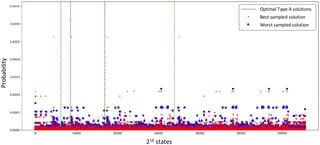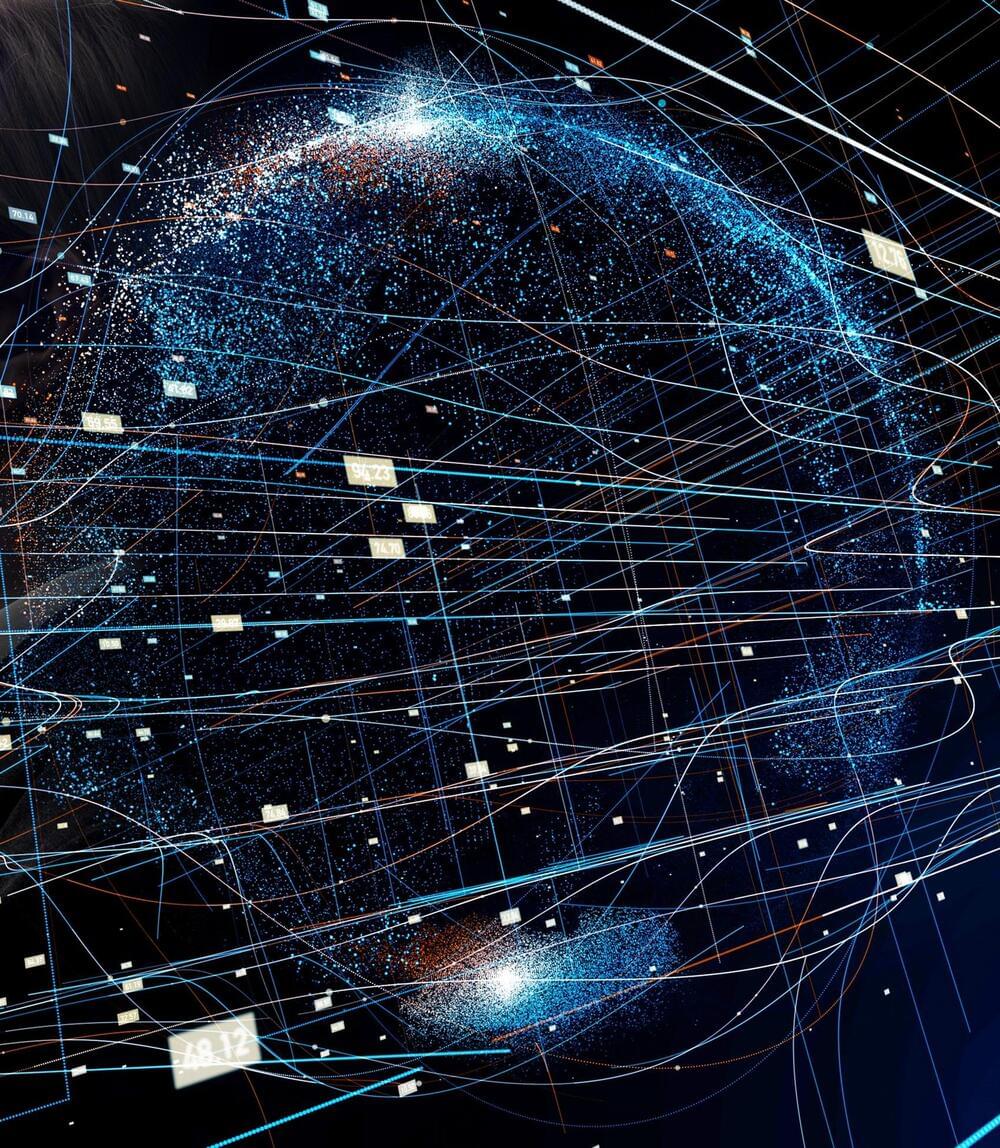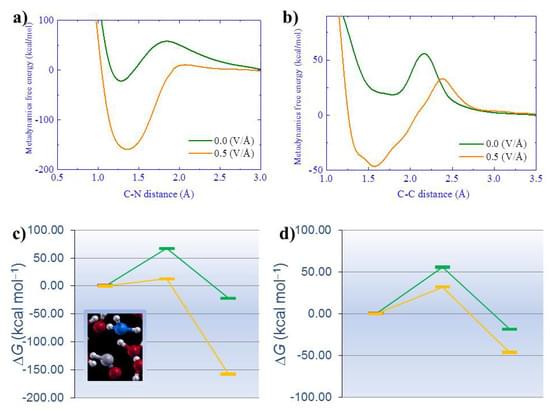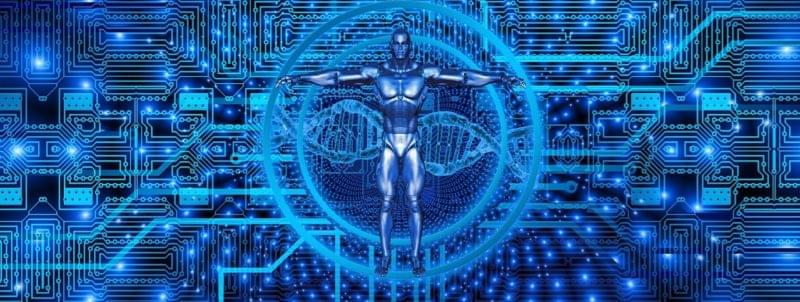In this, we present QuASeR, a reference-free DNA sequence reconstruction implementation via de novo assembly on both gate-based and quantum annealing platforms. This is the first time this important application in bioinformatics is modeled using quantum computation. Each one of the four steps of the implementation (TSP, QUBO, Hamiltonians and QAOA) is explained with a proof-of-concept example to target both the genomics research community and quantum application developers in a self-contained manner. The implementation and results on executing the algorithm from a set of DNA reads to a reconstructed sequence, on a gate-based quantum simulator, the D-Wave quantum annealing simulator and hardware are detailed. We also highlight the limitations of current classical simulation and available quantum hardware systems. The implementation is open-source and can be found on https://github.com/QE-Lab/QuASeR.
Citation: Sarkar A, Al-Ars Z, Bertels K (2021) QuASeR: Quantum Accelerated de novo DNA sequence reconstruction. PLoS ONE 16: e0249850. https://doi.org/10.1371/journal.pone.
Editor: Archana Kamal, University of Massachusetts Lowell, UNITED STATES.





